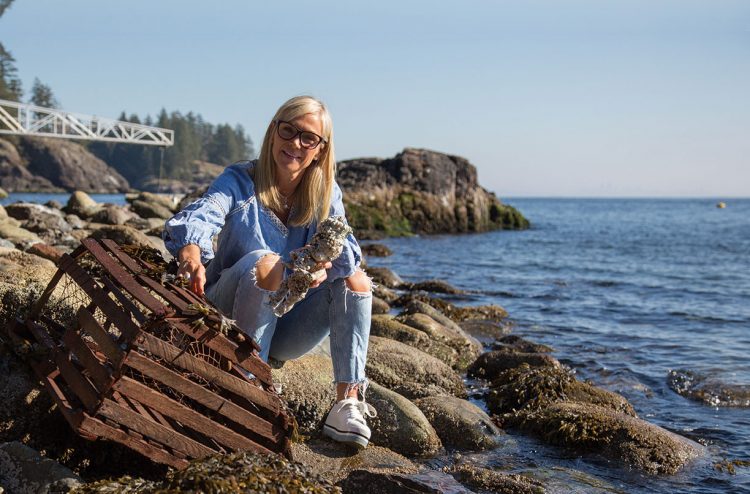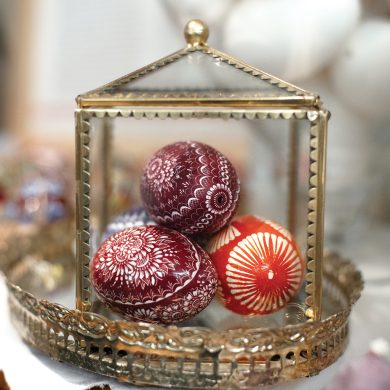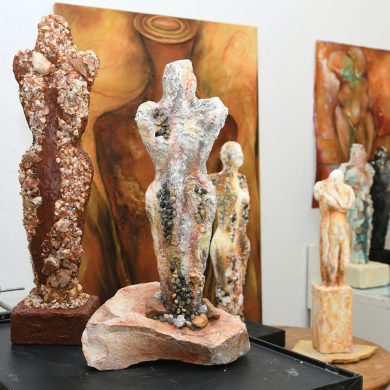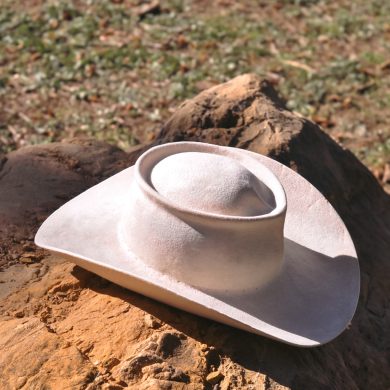
We live on a small island by the shores of the Salish Sea, a scenic 20-minute ferry ride from Vancouver. Our home is at a high point on the island about 880 feet from sea level. I love living up here because you feel you are a part of the sky as it is always changing. The weather moves in and out quickly; thick fog will be burnt away by the sun, which can move to a torrential downpour within hours. The dramatic light and big sky is why I love having my home and studio here. My husband installed over-height French glass doors along an entire wall in my studio, which gives me fantastic light. Here, the sun warms my back and washes over my sculptures in the afternoon. The isolation enables me to escape the mundanity of reality and elevate me to a magical, creative sphere wherein everything is possible through the medium of sculpture.
It looks like you’re out of free articles.
Become a Women Create member to read this full article.
Already a member? Sign in

Monthly Membership
- Unlimited access to the Women Create website
- Monthly Maker Moments livestreams, members-only newsletters and more

Annual Memberships
- Unlimited access to the Women Create website
- Print and digital subscriptions of WHAT Women Create magazine, WHERE Women Create magazine, or both
- Monthly Maker Moments livestreams, members-only newsletters and more







